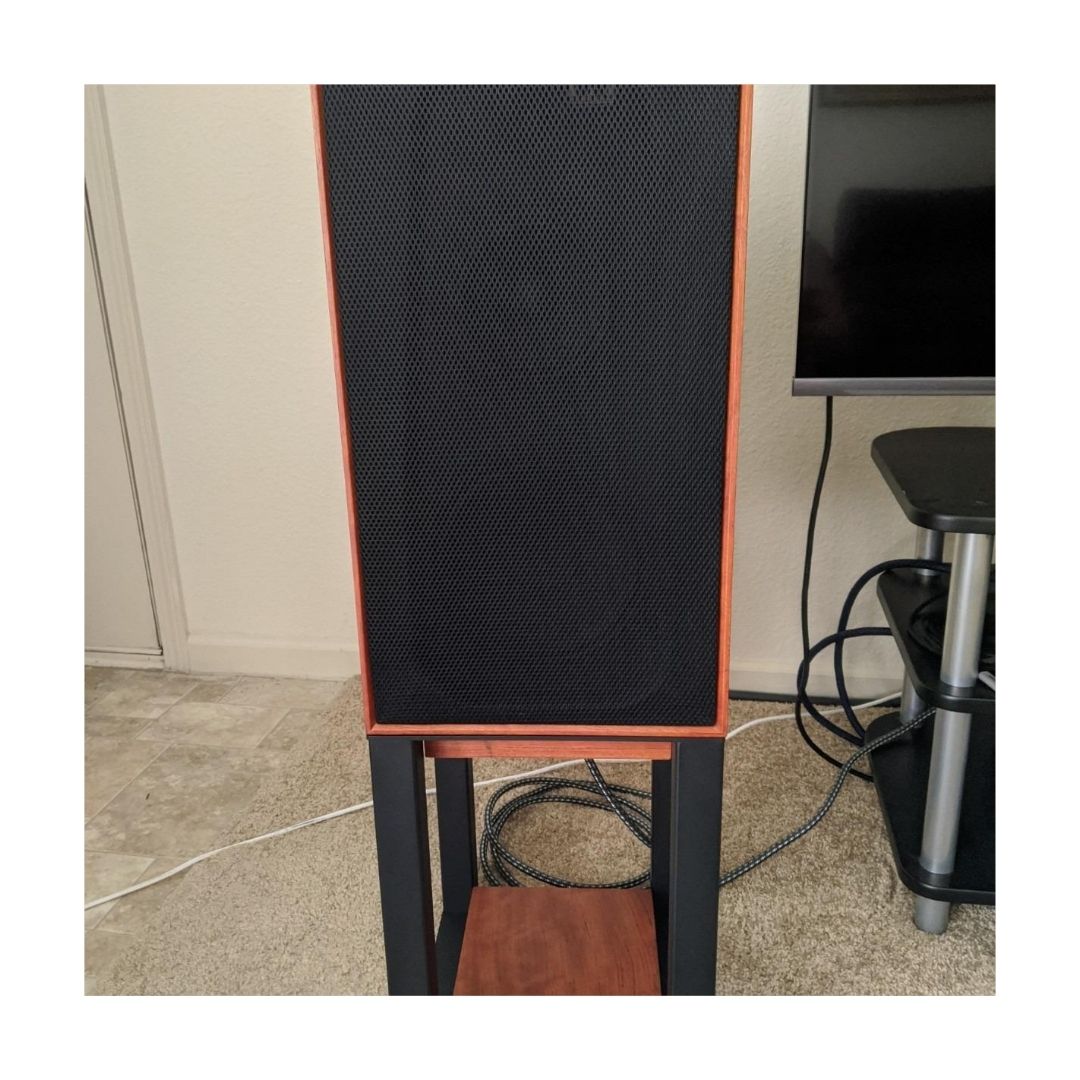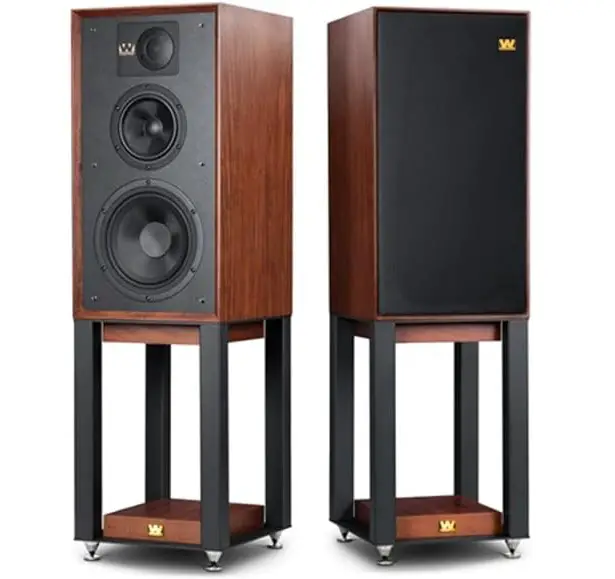Wharfedale Linton Bookshelf Speakers Review
Initial Impressions
After a lot of deliberation and countless hours spent reading reviews, I decided to purchase the Wharfedale Linton Heritage speakers. My initial skepticism stemmed from their price tag, but the consistent praise they received from the audiophile community convinced me to take the plunge. Having a vintage audio setup with older speakers, I was excited to see how these speakers would compare. And let me tell you, the initial impression was nothing short of impressive.
Build Quality and Aesthetics
The Wharfedale Linton Heritage speakers exude a sense of timeless elegance. Wrapped in mahogany with a vintage design that harks back to the golden age of audio equipment, they’re as much a piece of decor as they are functional speakers. The stands add an extra bit of flair and are incredibly sturdy. I’ve read reviews saying the stands alone could outclass certain pieces of modern furniture in terms of build quality. They’re hefty, well-built, and an essential addition to the speakers themselves.
However, it’s worth noting that these speakers are not the most lightweight. At about 40 pounds each, moving them around can be a bit of a task. But once set up, they’re like pieces of fine furniture that command attention and admiration. There’s a certain novelty in their design that sets them apart from the typical glossy or matte-finished speakers available on the market today.
Sound Quality
When it comes to sound quality, the Wharfedale Linton Heritage speakers truly shine. Paired with my 2000s-era SONY ES amp, the soundstage is clear and detailed. Every element of the music is distinctly audible. Whether it’s the lush bass of early ’80s British synth or the intricate details of a classical symphony, these speakers handle it all with finesse.
However, setting them up for optimal sound did involve some trial and error. Initially, the bass was overwhelming and lacked definition. I had them positioned against the wall, which resulted in a muddy sound due to the dual rear ports behind the 8” woofers. After moving them about 25 inches away from the wall and adding some acoustic treatment, the sound dramatically improved. The bass became tighter and more controlled, while the treble and midrange took on a more balanced presence.

Performance with Different Music Genres
One of the standout features of the Wharfedale Linton Heritage speakers is their versatility. Whether you’re listening to classic rock, country, jazz, or classical music, they perform admirably across the board. The bass is quick and agile, reaching levels one would expect from floor-standing speakers. It’s not the bass that makes your chest thump, but it’s very refined and full-bodied, offering a good balance between punch and finesse.
The midrange is neutral and well-rounded, which is perfect for vocals. I’ve listened to a lot of live concert recordings, and these speakers capture the atmospheric essence beautifully. The highs can be a bit rolled off initially but swapping speaker cables improved the treble extension for me. The detail, dynamic range, and imaging are all that you would expect from high-end speakers, but at a price that’s hard to believe.
Setup and Configuration
Setting up the Wharfedale Linton Heritage speakers can be slightly tricky, especially in smaller living spaces like apartments. Initially, I had some issues because I followed the “R” for the right speaker and “L” for the left speaker paper cutouts that came with them. After realizing those cutouts were incorrect a month later, I swapped the speakers, which made a significant difference in sound.
The tweeters should be positioned towards the inside, significantly improving focus and treble response while taming the midrange and bass. Installing the provided rubber dome foot pads between the stands and speakers also helped control the bass response further. I originally drove the speakers with a powerful 150-watt amp, but it was too much for my apartment living situation. Switching to an Audiolab 6000A integrated amp provided a much tighter bass and sweeter upper midrange, though it felt slightly underpowered.
Pros and Cons
- Pros:
- Excellent build quality and aesthetics
- Versatile performance across multiple music genres
- Detailed and dynamic soundstage
- Impressive low-end for their size
- Good value for money
- Cons:
- Heavy and somewhat cumbersome to move
- Setup can be tricky, particularly in smaller spaces
- Initial bass can be overwhelming if not positioned correctly
- Requires a well-matched amplifier for optimal performance
Conclusion
After weeks of listening and fine-tuning, I can confidently say that the Wharfedale Linton Heritage speakers are a fantastic addition to my audio setup. They have a beautiful vintage aesthetic that adds a touch of class to any room while delivering a sound that’s lush, vibrant, and impressively detailed. While they may require some patience to set up correctly, the effort is well worth the result.
These speakers have truly lived up to the hype. Whether you’re an audiophile looking for high-quality sound or a nostalgic music lover wanting to capture that vintage warmth, the Wharfedale Linton Heritage speakers won’t disappoint. Sure, there are minor downsides like weight and setup complexity, but these are minor niggles in the grand scheme of things.
Discover an in-depth Wharfedale Linton Heritage speakers review, focusing on their sound quality, build, and performance across various music genres. Explore the pros and cons to see if they match your audio needs.
Explore my detailed review of the Wharfedale Linton Heritage speakers, covering their aesthetics, sound quality, and setup experience. Learn about their strengths and minor drawbacks to determine if they’re the right fit for your audio system.



